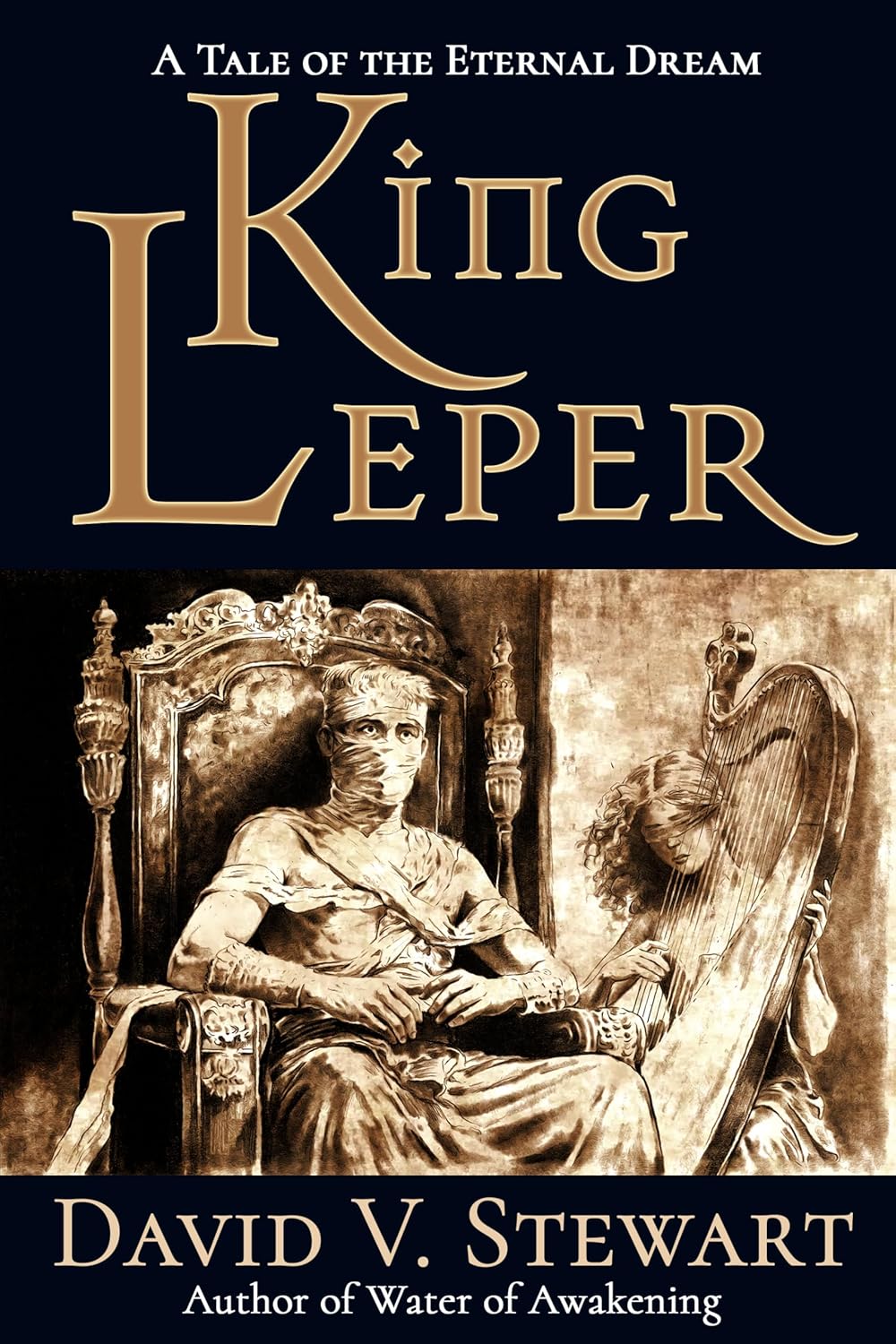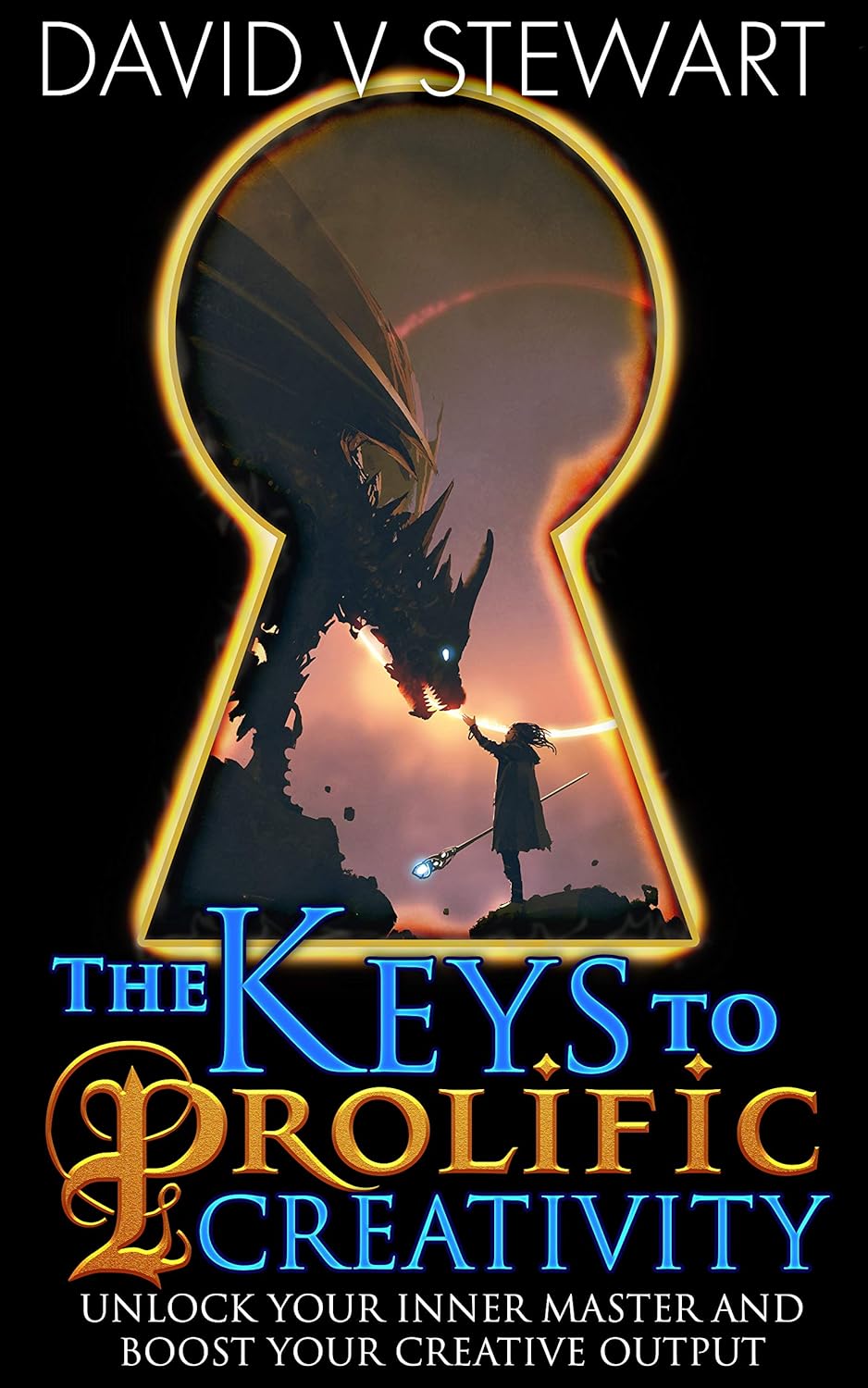Asymmetry of information and economic ethics
Take a look at the guitars below.

One of them is a real Gibson Les Paul, with most variants retailing for more than 2000 dollars. The others are fakes made in China that you can get on eBay for around 350 dollars. Can you tell the difference?
Fake Gibsons have been around for a long time. There is an old joke that of the 643 Les Paul Standards made in 1959, sadly, only 1500 have survived. Slash, who is famous for using Les Paul guitars, was also famous for playing a fake early on in his career. There are now forums and Facebook groups dedicated to discussing counterfeit Gibson guitars, not just how to identify them, but also how to go about getting a well-made copy of a particular model. The market for fakes is strong. But why?
Money, obviously, but it also comes down to the capital, largely social, invested in the brand itself.
Gibson actually makes cheaper import versions of its own instruments under the Epiphone moniker, and they are high-quality instruments that look and play very well, but people want their guitar to say Gibson because of the status and lore associated with it. Jimmy Page played a ’59 Gibson Les Paul made in Kalamazoo, not an off-the-shelf Epiphone made in Indonesia.
Naïve players who are still in the beginning and intermediate levels of their development are aware of this lore but are unable to discern the difference between a real guitar and a fake one; thus, they are a target for a scam.
If you’ve ever played a Chibson after spending time with a real Gibson, the differences in quality are obvious. The Chinese knockoffs feel cheaper. Their frets aren’t finished to the same standard, and your hand will catch fret sprout. The pickups invariably sound much, much worse. The guitar won’t be set up properly; the nut won’t be cut correctly, and the guitar will be unintonated with a bad action. The pots will be scratchy. All this is aside from the cosmetic things you will notice with a fake, like the lack of fret nibs (little pieces of binding on the side of the frets, a Gibson hallmark), flaws in the spray, a veneer top instead of a cap, incorrect woods and obvious glue-ups, fake pearl inlays, scarf joints in the neck, and of course polyester finish instead of the much more expensive nitrocellulose. Even in pictures, you can see that the fake serial numbers are usually carved, not stamped. From guitar.com:

A new player isn’t going to know about these things, which is why I recommend, if you are looking for an expensive brand-name guitar, you go to a real dealer rather than try to buy off Facebook marketplace. Even a pawnshop may not know what they are looking at and may have been scammed themselves. Paying for a little experience will ensure that you have the real deal, a guitar you can hand off to your heirs or resell at a reasonable price.
But what about those players who intentionally buy Chibsons? They import them and fix them up with new, expensive pickups, replace the cheap electronics, and upgrade the tuners and bridge. Why go through that trouble when you can buy an Epiphone?
Well, because you want it to say Gibson – not for yourself, but for the audience. The brand name carries a lot of weight even among casual fans. If they see the same kind of guitar Ace Frehley used, they will make a positive association with your skill level. I’ve even had a fellow musician tell me I should get a real Les Paul when I was playing a very expensive guitar that wasn’t a Gibson. He didn’t know much – other than real players play Gibson guitars.
It’s sort of like a luxury brand. It conveys status and wealth. You look cooler, you feel cooler, and you play cooler. The psychology makes an impact on the artistic product.
The Chibson, like all counterfeit products, is about deception and, very importantly, the exploitation of asymmetry of information. Either the buyer doesn’t know what he is buying, or the audience doesn’t know what they are seeing.
This is why trademarks for brands actually matter. Imagine you bought a fake Les Paul and didn’t know it. You got it home, plugged it in, and found that it sounded terrible and was difficult to play. You tell your friends and family. That damages the reputation that the Gibson company has spent decades developing. That consumer didn’t have all the information required to make an informed decision; the only beneficiary was the person who scammed him.
What if the consumer is satisfied initially? What if he can’t tell the difference? Later, when he goes to sell his guitar or have work done on it, he finds that it is fake. He can’t recover the value stolen from him without deceiving someone else in turn.
This is also why Phil McKnight, a popular music gear YouTuber, would carve “Fake” into counterfeit instruments. You don’t know who, somewhere down the line, is not going to be able to identify the fake and is going to be exploited because of his lack of knowledge.
Now, of course, there are other applications of this line of moral reasoning. A person knowingly buying a fake Louis Vuitton bag just to look cool and piggyback on the brand’s social investment may end up scamming someone else down the line. If you are producing the fake, you must understand this. Are people who end up buying a disappointing counterfeit bag just suckers who deserve to be exploited? It’s a luxury brand, like Gibson, after all.

Let’s think outside the realm of merely physical products.
What about ghostwriting? Some people are honest about it, but I think most people will have a negative reaction to finding out that a work was truly ghostwritten (the ghostwriter is missing from any obvious credit on, for example, the cover). This matters especially in products that are more than products, like autobiographies, where the authority of the writer is of particular importance.
Remember Milli Vanilli? Do you remember how the public reacted, even after the music was a huge hit? Nobody likes to be deceived.
If you are an artist and are commissioned to paint new pictures, is it permissible to deliver AI-generated images if the customer doesn’t have the background to discern the difference (this actually happened recently to a major publisher)?
What’s the problem if they are satisfied?
First, it’s dishonest because the client asked for and paid for one type of work, and you delivered work of a different kind. Even if it is functionally similar, it is not the same, and so you (the artist) are violating the terms of the agreement. If you hire a plumber to replace a broken pipe and he repairs it, but charges you for a full replacement, that is a violation of the agreement, even if the final result (a functional pipe) is indistinguishable to the client. The value stolen is the difference between the cost of a repair and a replacement.
Second, it’s dishonest because the client does not have all the information necessary to meet a reasonable standard of consent. That standard is easy to apply. If information might alter the person’s decision, you are obligated to provide it. If it wouldn’t, you aren’t. For example, a person cannot consent to having sex with someone HIV positive unless that person discloses it. He doesn’t need to disclose that he had a root canal recently. Maybe the person is terrified of people with root fillings, but a reasonable person isn’t.
We can see with the recent AI example that the publisher, initially satisfied with the artistic work, inherited a big problem when consumers, who had more information, were upset. What was the value stolen? The difference between the value of the AI art (which is effectively zero) and the amount paid to the artist is the minimum. All the consumers who purchased the book without the information they needed to make an informed decision have also been swindled out of the purchase price of the book, and the publisher is on the hook for a refund. I think a good attorney could make an excellent case for damages totalling the entire cost of the print run for the publisher, plus damages to the brand itself from the fiasco. Will the publisher admit to being scammed?
You can see how one small deception, executed because of an asymmetry of knowledge in one party, can cause a lot more harm as things proceed beyond the initial event. And this isn’t even taking into account higher-order effects on the industry from deceptions like AI or counterfeit luxury items. Most AI-promoters lean specifically on the dishonesty of the product, saying it is “indistinguishable” from “traditionally” created works.
I think it is also worth considering how this affects cultures. Economies run on a large degree of trust, the information contained in price being a core component of maintaining symmetry. Cultures where this sort of deception is the norm and even expected seem to have a difficult time amassing and distributing wealth, even with massive natural resources.
It is thus very important to safeguard our culture’s trust economy – and yes, generative AI must be part of this cultural reckoning.
I am an independent artist and musician. You can get my books by joining my Patreon, and you can listen to my current music on YouTube or buy my albums at BandCamp.






